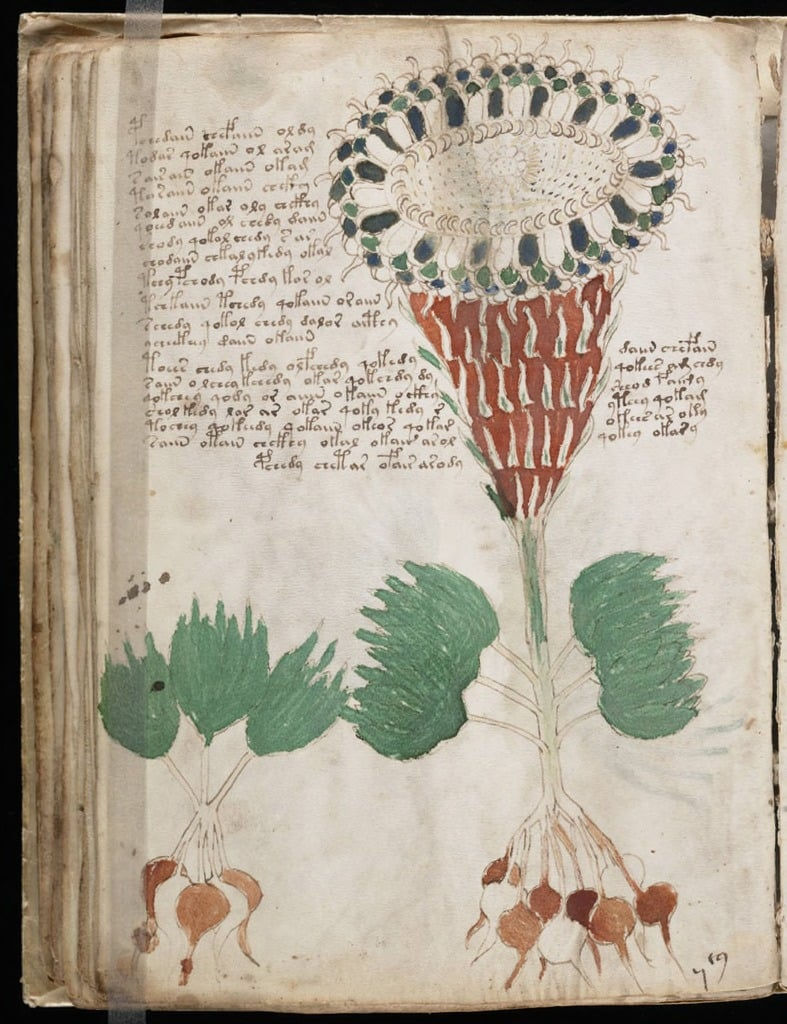Machu Picchu and the Mystical World of the Inca
- Windfarer

- Aug 9
- 4 min read
Updated: Aug 16
By Windfarer, August 2025
Nestled high in the mist-shrouded Andes Mountains of Peru, hidden among lush valleys and steep cliffs, Machu Picchu stands as one of the world’s most enigmatic and awe-inspiring archaeological treasures. Often called the "Lost City," this ancient Inca stronghold has captured the imagination of adventurers, historians, and travelers for over a century. But who were the Inca who built this masterpiece, and what secrets lie behind the mysteries of Machu Picchu? Join us on a journey into the Inca’s history, their unparalleled stonework, and the dramatic discovery of a place that continues to defy our understanding.

The Inca’s Golden Age: An Empire Built on Wisdom and Power
The Inca, who dominated much of South America from the 13th to the 16th century, created one of history’s most remarkable empires, known as *Tawantinsuyu* – the "Land of the Four Regions." From their capital in Cusco, Peru, they ruled over territories spanning modern-day Peru, Bolivia, Ecuador, Chile, and parts of Argentina. The Inca were masters of organization, agriculture, and engineering, and their society was deeply rooted in reverence for nature and the sun, which they worshipped as the god Inti.
Among the most significant rulers, or *Sapa Inca*, was **Pachacuti** (1438–1471), often credited as the architect of the Inca Empire. He dramatically expanded its borders and established sophisticated administrative systems. His son, **Túpac Inca Yupanqui** (1471–1493), continued this expansion, while **Huayna Cápac** (1493–1527) solidified the empire’s power before it was weakened by internal strife and Spanish conquistadors. These leaders were not only warriors but visionaries who laid the foundation for Machu Picchu’s splendor.

An illustration of Pachacuti in traditional Inca attire.
The Inca’s Unique Stonework: Art Without Mortar
The Inca’s architecture is a testament to their technological genius. Machu Picchu’s walls, constructed without mortar, are so precisely fitted that not even a knife blade can slip between the stones. This technique, known as *ashlar masonry*, involved shaping granite blocks with astonishing accuracy using simple tools like bronze and stone chisels. The stones, often cut into polygonal shapes, interlock like pieces of a puzzle, creating structures that have withstood earthquakes and the test of time.
This method wasn’t just practical; it was a form of art. The Inca believed their stonework connected them to the sacred landscape, with each block carefully chosen to harmonize with the natural surroundings. At Machu Picchu, the precision of the stonework is most evident in structures like the Temple of the Sun, where the walls curve gracefully to align with celestial events.

Perfectly fitted polygonal stones in Machu Picchu’s walls.
---
Machu Picchu: A City Shrouded in Mystery
Why was Machu Picchu built? This question has puzzled scholars for centuries. Perched at 2,430 meters above sea level, the city’s remote location suggests it was a sacred retreat, possibly a royal estate for Pachacuti or a ceremonial center for the Inca elite. Some theories propose it served as a pilgrimage site, while others speculate it was a fortress or a place for astronomical observation. The truth remains elusive, adding to its mystique.
The construction of Machu Picchu was a monumental feat. Workers hauled massive granite blocks up steep slopes, likely using ramps, rollers, and sheer manpower. The site’s terraced fields, fed by an intricate irrigation system, demonstrate the Inca’s mastery of agriculture in a challenging environment. Yet, by the time the Spanish arrived in the 1530s, Machu Picchu appears to have been abandoned, its purpose fading into obscurity.
At the heart of the city lies the **Intihuatana Stone**, a carved rock often called the "Hitching Post of the Sun." This enigmatic stone, aligned with the solstices, is believed to have served as an astronomical calendar or a sacred marker for rituals. Its precise carvings and mysterious aura make it a focal point of Machu Picchu’s spiritual significance, with some claiming it holds cosmic energy still felt by visitors today.

The Intihuatana Stone, with the Andes in the background.
Hiram Bingham and the Rediscovery of a Lost City
In 1911, American explorer **Hiram Bingham** stumbled upon Machu Picchu, bringing it to the world’s attention. Guided by local farmers who knew of the ruins, Bingham, a Yale historian, was searching for Vilcabamba, the last Inca stronghold against the Spanish. Instead, he found Machu Picchu, overgrown with jungle but remarkably preserved. His discovery, documented in dramatic accounts and photographs, sparked global fascination and cemented Machu Picchu’s status as a wonder of the world.
Bingham’s journey was not without controversy. He removed thousands of artifacts, many of which were later returned to Peru, and his romanticized narrative of "discovering" a lost city overlooked the knowledge of local communities. Still, his work unveiled Machu Picchu’s grandeur, earning him a place in history.

A photograph of Hiram Bingham at Machu Picchu, surrounded by the ruins.
The Enduring Enigma of Machu Picchu
Machu Picchu remains a place of wonder and unanswered questions. Why was it abandoned? What secrets did the Intihuatana Stone guard? How did the Inca achieve such architectural perfection without modern tools? These mysteries, combined with the site’s breathtaking beauty, make it a bucket-list destination for millions.
Today, Machu Picchu is a UNESCO World Heritage Site, carefully preserved yet vulnerable to tourism’s impact. As you stand before its stone walls, with the Andes stretching endlessly around you, it’s impossible not to feel the weight of history and the pull of the unknown. Machu Picchu is more than a ruin—it’s a testament to the Inca’s ingenuity and a portal to a world that still whispers its secrets.

A view off the Sun Gate, and the vastness of the surrounding mountains.
---




Comments